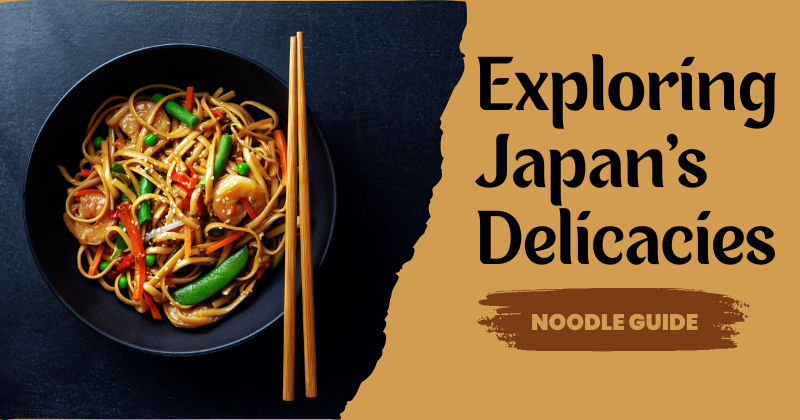
Welcome, fellow food lovers! In Japan, there's one food that truly exemplifies the nation's rich culinary culture – noodles. They are more than just food; they are an integral part of Japanese history, cultural practices, and daily life. Our journey today takes us deep into the world of three distinct types of Japanese noodles: Udon, Hoto, and Soba. We'll embark on a gastronomic adventure, exploring their unique histories, traditional preparations, and diverse regional interpretations. Whether you're an avid foodie, a home cook looking for inspiration, or simply a lover of all things Japanese, this comprehensive guide will leave you well versed in the art of these authentic Japanese noodles. So, grab your chopsticks, and let's get started!
The Wide World of Japanese Noodles
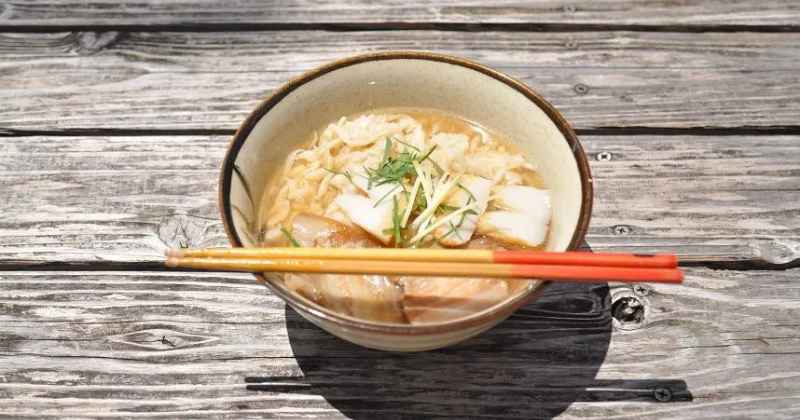
Japan's noodle culture is as diverse as it is delicious! From the ubiquitous Ramen and Udon to the lesser-known Hoto and Soba, Japanese noodles offer a world of flavor and texture that's as varied as the country's geography itself. The versatility of these noodles is truly amazing; they serve as the perfect canvas for the symphony of ingredients used in Japanese cuisine, making each noodle dish a unique culinary experience.
While we'll focus primarily on Udon, Hoto, and Soba in this guide, it's worth mentioning other popular types, like Japanese Ramen noodles and Japanese instant noodles. Ramen, with its rich broths and toppings, has captured the world's heart, while instant noodles, like the famous Cup Noodles, represent the speed and innovation of modern Japan. Each noodle type, with its unique characteristics, plays an essential role in painting the vast, delicious canvas that is Japanese cuisine.
The Tradition of Udon Noodles
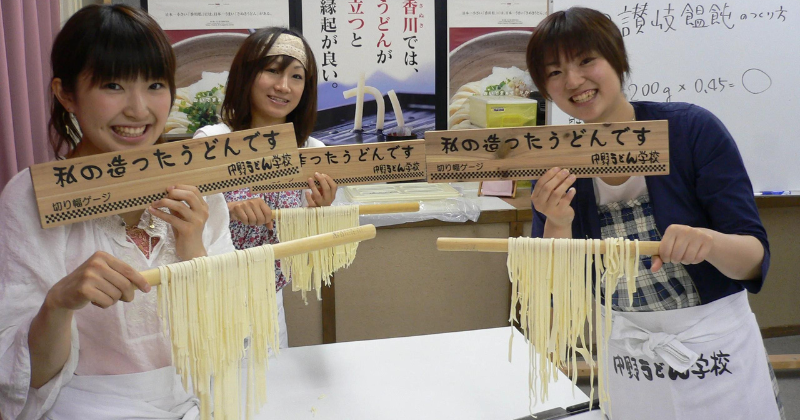
Udon noodles, characteristically thick and comforting, are more than a staple in Japanese cuisine; they represent a centuries-old culinary tradition that has woven its way into the fabric of daily life. Originating from the Heian period, these noodles' popularity spans across Japan, with each region boasting its unique Udon adaptations. Prepared from wheat flour, water, and salt, the essence of Udon lies in its versatility, effectively absorbing flavors whether featured in a warm soup or served cold with a dipping sauce. From cozy home kitchens to the counters of sophisticated Udon noodle restaurants, this humble dish resonates with the heart of Japan through its simplicity and soul-satisfying taste.
Now, for those who share this deep appreciation for Udon, there's an exciting opportunity that awaits in the regions of Fukuoka and Kagawa. Embark on a unique culinary journey by participating in an Udon noodle-making workshop. In Fukuoka, a place well-regarded for its gastronomic culture, you'll find sessions guiding you through the delicate kneading and cutting of Udon dough, all while immersing you in the region's culinary narrative. Meanwhile, in Kagawa, the "Udon Prefecture," you can deepen your understanding of Udon under the tutelage of masters dedicated to this culinary art form. This hands-on experience allows you to engage with the Japanese culinary tradition and hospitality, taking a piece of your Japanese journey home with you. So, don't hesitate! Dive deeper into the world of Udon by booking a noodle-making session in Fukuoka or Kagawa today.
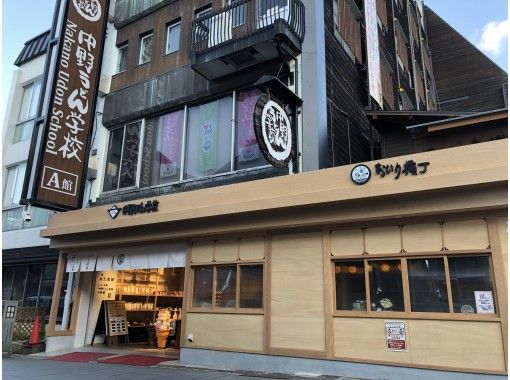
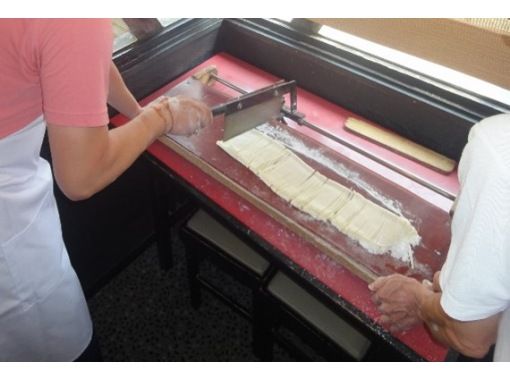
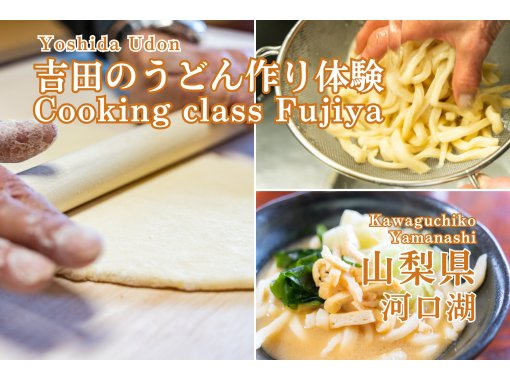
Dive into Hoto Noodles
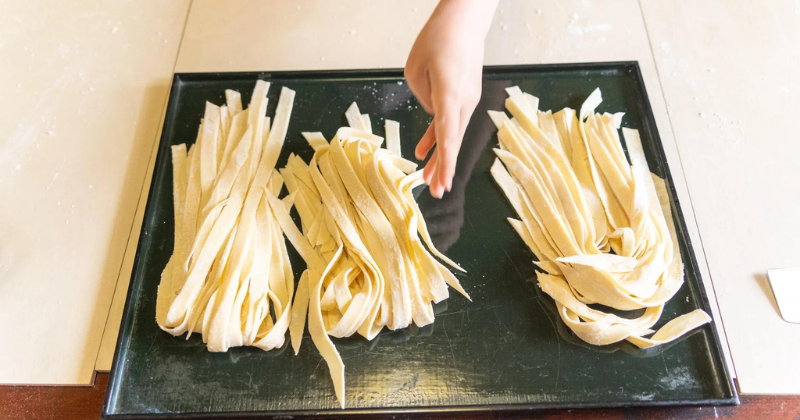
Hailing from the Yamanashi prefecture at the foothills of Mount Fuji, Hoto noodles are a culinary delight. These thick, hand-rolled noodles, steeped in a robust miso-based stew with seasonal vegetables, hold a cherished place in Japan's gastronomic tradition. Originating from the Edo period, Hoto offers a taste of the region's agricultural richness. Each bowl brimming with rustic noodles and hearty stew mirrors the region's agricultural abundance, and modern variations keep this classic dish continually fresh and exciting.
For those eager to delve deeper into this regional specialty, Kawaguchi offers an intriguing opportunity. Here, you can participate in a Hoto noodle-making workshop, learning the craft from locals who have grown up with this beloved dish. It's a hands-on immersion that will leave you with a new appreciation for Hoto noodles and a fantastic story to share. These workshops are available for booking, offering a unique and interactive way to experience Japanese culinary culture at its most authentic.

The Art of Soba Noodles
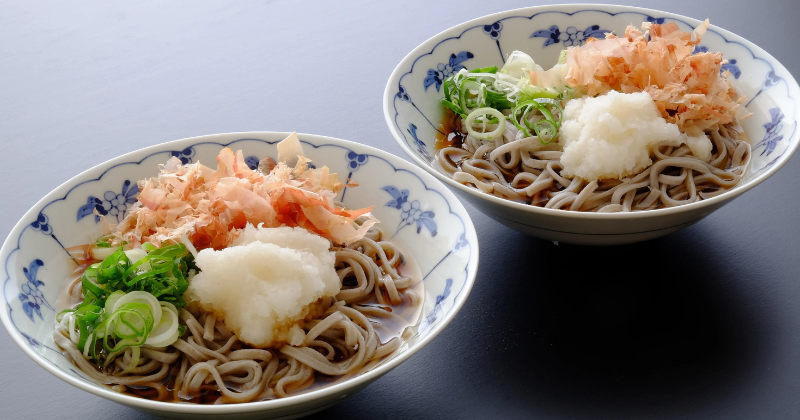
Soba noodles, thin strands made from buckwheat flour, epitomize the sophistication of Japanese cuisine. Appreciated for their nutty flavor and firm texture, Soba can be enjoyed chilled with a dipping sauce, in hot broths, or topped with tempura. One regional variation to note is Okinawa Soba, made with wheat flour for a distinct taste and texture. This delicate noodle, both a cherished tradition and a canvas for culinary innovation, holds a special place in the heart of Japan's diverse gastronomy.
Now, for those passionate about Soba and eager to learn the delicate art of making these noodles, various workshops are available throughout Japan, including in Yamanashi, Kyoto, Shizuoka, Saitama, Oita, Okinawa, Akita, Nagano, Hokkaido, and Kumamoto. These workshops provide a unique opportunity to learn from experienced chefs, often using locally sourced buckwheat, to create the perfect Soba noodle. Participants will learn the steps involved, from kneading the dough to cutting the delicate noodles. You'll also gain a unique insight into the tradition and the specific techniques that go into making this revered Japanese dish. These hands-on experiences, not only teach you how to make Soba noodles, but also offer an immersive cultural experience that you can take home with you. So why not seize the opportunity? Book a Soba noodle-making workshop and experience firsthand the delight of bringing this Japanese culinary tradition to life.
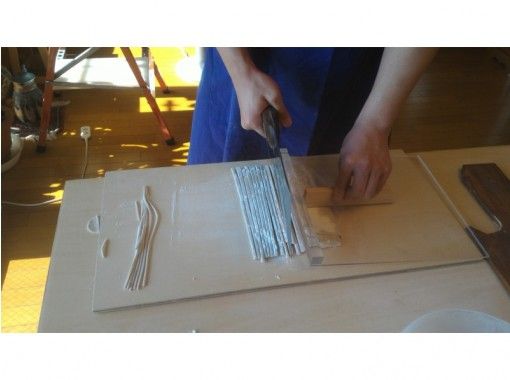
The Convenience of Japanese Cup Noodles
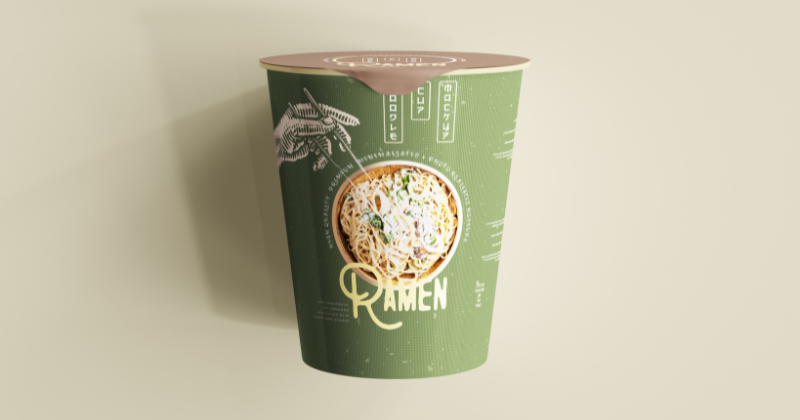
Embodying Japanese innovation in culinary convenience, Japanese Cup Noodles have transformed global food habits since their introduction by Momofuku Ando in 1971. These instant noodles offer a quick and satisfying meal that echoes the umami-rich flavors of traditional Japanese cuisine, conveniently packed into a cup for on-the-go accessibility. The variety in these instant noodles is impressive, featuring flavors from classic soy sauce and tonkotsu ramen to exotic seafood, curry, and chili tomato. Some even include freeze-dried toppings like vegetables, meat, or seafood to enrich the dining experience.
Japanese Cup Noodles aren't just about taste and convenience, though. They've earned a special place in pop culture, comforting homesick individuals, aiding late-night hunger, and even inspiring interactive cup noodle museums in Yokohama and Osaka. Ultimately, these humble cups demonstrate that a meal can be both quick and delicious, bringing a taste of Japan to your table, no matter where you are.
What a delicious journey it's been, exploring the heart and soul of Japan's culinary world – Udon, Hoto, and Soba noodles! From understanding their historical origins to appreciating the care that goes into each dish's preparation, we've traveled through a significant slice of Japanese culinary culture. But, as with any culture, the story never ends. Japan's ever-evolving food scene continues to reinterpret these traditional noodles in exciting and delicious ways. So, whether it's savoring the hearty warmth of a Udon noodle dish, appreciating the rustic simplicity of Hoto noodles, or experiencing the delicate sophistication of Soba, there's always more to discover and enjoy. We hope this guide has whetted your appetite to delve deeper into the wonderful world of Japanese noodles. Happy exploring and, of course, Itadakimasu!
Frequently asked questions
QWhat are the main types of Japanese noodles?
AThe main types of Japanese noodles are Udon, Hoto, and Soba. Udon are thick wheat noodles, Hoto are flat noodles typically served in a miso-based stew, and Soba are thin noodles made from buckwheat flour.
QCan I learn how to make these noodles in Japan?
AYes, there are various workshops across Japan where you can learn to make Udon, Hoto, and Soba noodles from experienced chefs.
QWhere can I take Udon noodle-making workshops in Japan?
AUdon noodle-making workshops are available in regions like Fukuoka and Kagawa, known for their rich Udon culture.
QWhat is special about Hoto noodles, and where can I learn to make them?
AHoto noodles, from Yamanashi prefecture, are served in a hearty stew. You can learn to make them in workshops available in Kawaguchi.
QWhat is the difference between Okinawa Soba and regular Soba noodles?
ARegular Soba noodles are made from buckwheat flour, while Okinawa Soba is made with wheat flour, resulting in a different texture and taste.
QWhat are the locations for Soba noodle-making workshops?
AYou can attend Soba noodle-making workshops in places like Yamanashi, Kyoto, Shizuoka, Saitama, Oita, Okinawa, Akita, Nagano, Hokkaido, and Kumamoto.
QWhat are Japanese Cup Noodles, and why are they popular?
AJapanese Cup Noodles are convenient, instant noodles introduced by Nissin Foods. They're globally popular for their variety, ease of preparation, and flavorful taste.




